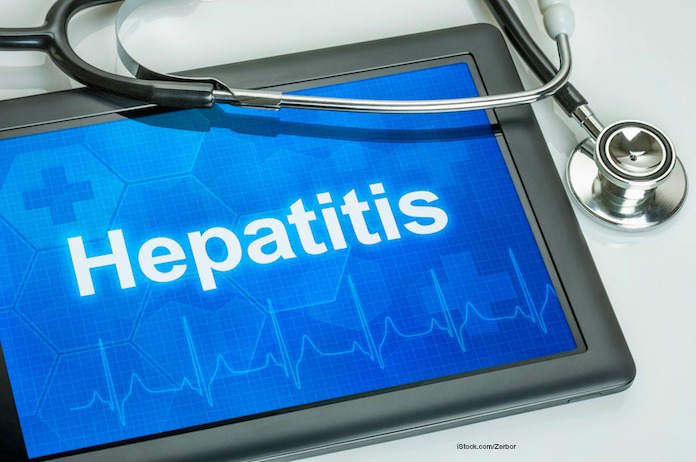The Salt Lake County Board of Health is now requiring that all food workers get vaccinated against hepatitis A if they have been exposed to the pathogenic virus. This temporary measure, for the next 120 days, is in response to a large hepatitis A outbreak in that county. No comment period is required, and this regulation can be enacted, because the hepatitis A outbreak in that area is considered an “imminent public health concern.”

All facilities have 14 days to get into compliance. Any workers who are not vaccinated will “be excluded from work assignments that involve food handling or food-contact services. Food establishments are responsible for maintaining official record of their employees’ vaccination status.”
When a food worker has been exposed to someone who has hepatitis A the restaurant needs to have all of their employees show proof of vaccination. The Board of Health will help those employees find those records. While this order of vaccination is in effect, the Board of Health can review the vaccination status records of any employee.
Each time an unvaccinated employee handles food or comes into contact with a food contact surface, the restaurant will have a critical violation entered on its inspection history. Repeated violations may trigger suspension or reaction of the establishment’s permit.
Because of this measure, the county can cover up to 50% of the cost of the vaccine for anyone who gets the shot at a health department clinic and can show they are a food service employee. So far, 7,500 people have been vaccinated at county facilities.
In January 2017, three restaurants in the area have had employees who were diagnosed with hepatitis A. They are a 7-Eleven in West Jordan, an Olive Garlic in Spanish Fork, and a Sonic Drive In in Spanish Fork. And a food pantry in Spanish Fork received some food from an infected restaurant worker.
The symptoms of hepatitis A include jaundice, stomach pain, joint pain, vomiting, dark urine, lethargy, clay-c0l0red stools, and fatigue. Most people get sick within 15 to 50 days after exposure. And people who are infected do not show any symptoms in the first two weeks, when they are contagious.




